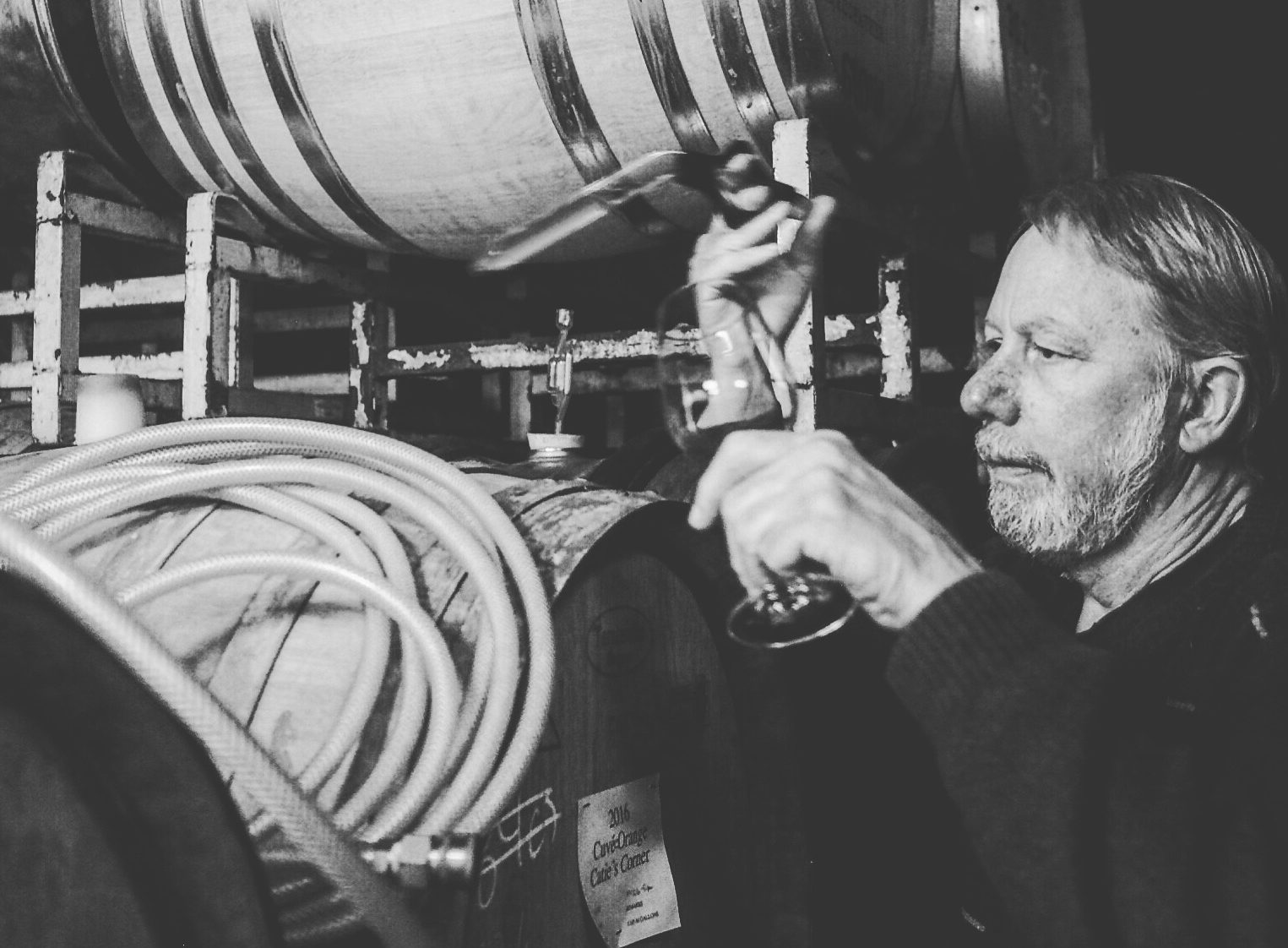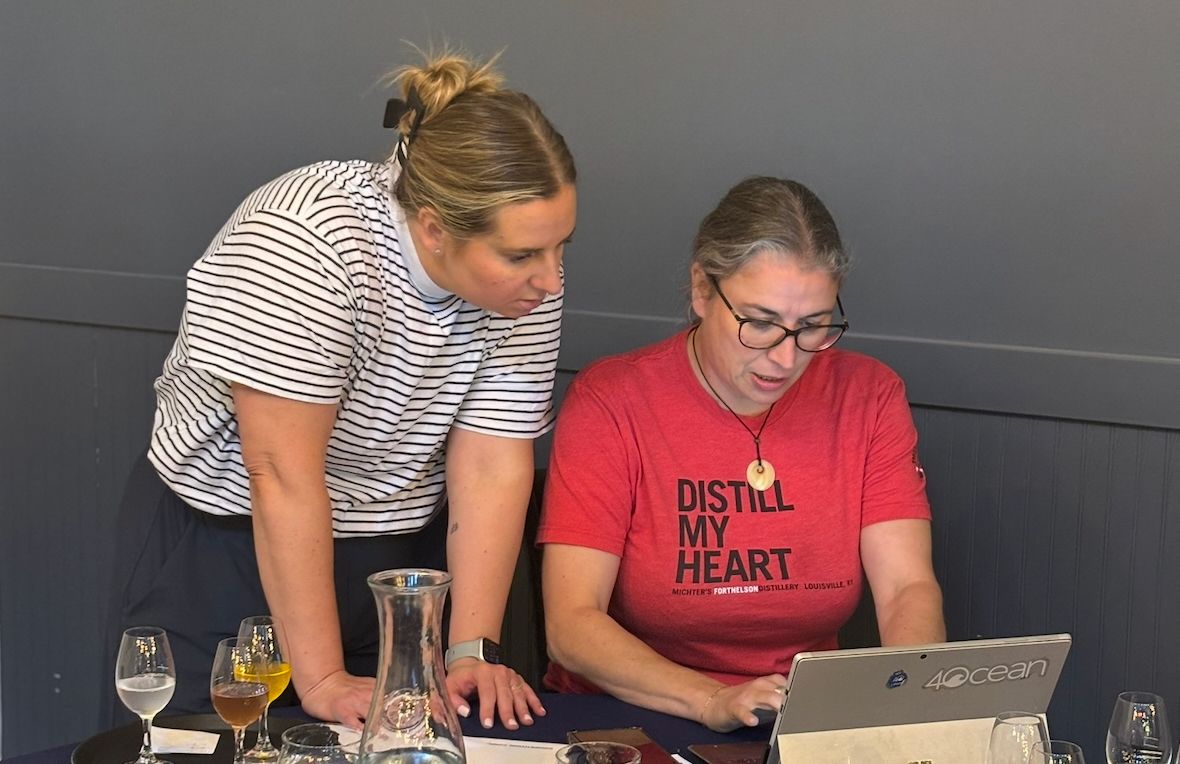Fresh classics of Sonoma County: Bettina Suchel of Laurel Glen Vineyard, Steve MacRostie of MacRostie Winery and Vineyards, Rod Berglund of Joseph Swan Vineyards and sampling two vintages of Ramey Ritchie Vineyard from Ramey Wine Cellars, accompanied by bacon dust… of course!
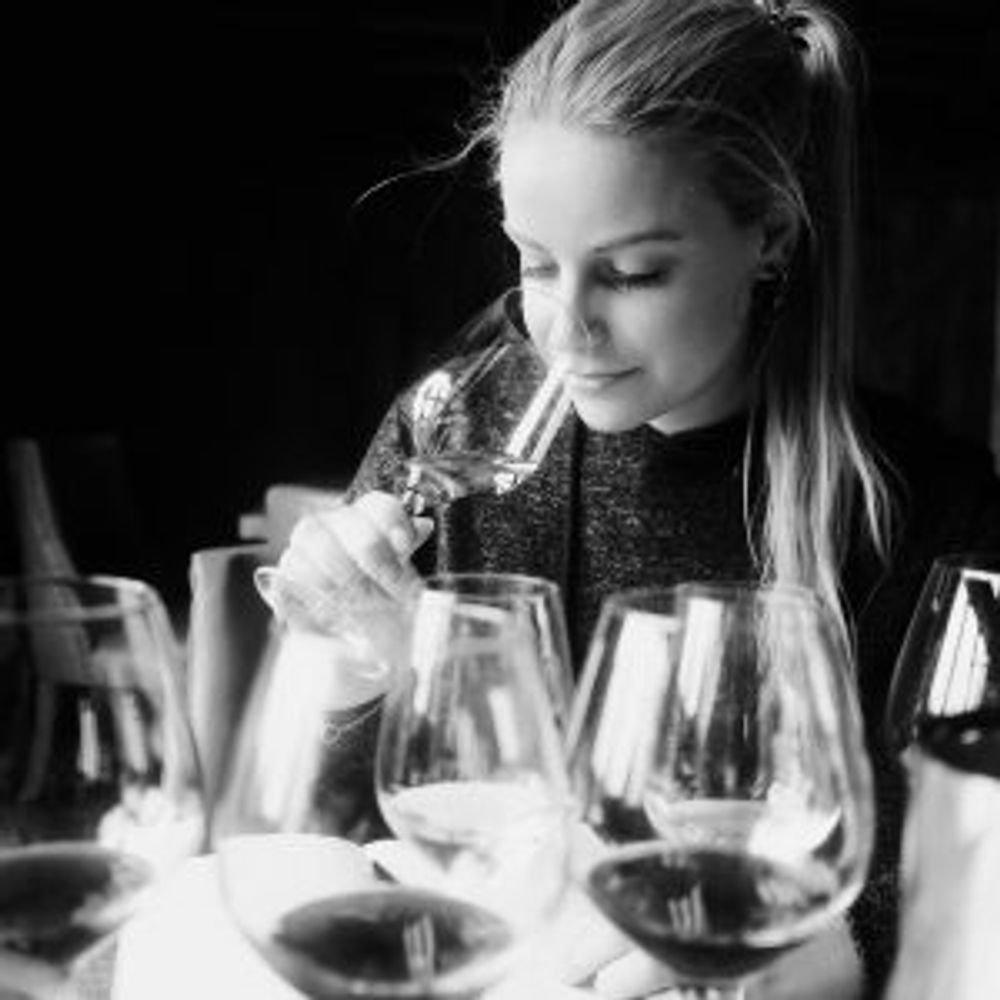
My first visit to Sonoma County’s vineyards saw excitement as well as apprehension.
I arrived with an open mind and not entirely knowing what to expect.
Sonoma has a vast array of 17 AVAs (soon to be 18 with the newly recognised and celebrated Petaluma Gap), climate differentiation ranging from maritime to continental, as well as various microclimates throughout, altitude variation, soil variation and winemaking differentiation, not to mention the expanse of grape varieties grown.
The county is home to approximately 24,300 hectares of vineyards and more than 400 wineries. In terms of size, this is comparable to Burgundy’s 28,715 hectares. However, Burgundy has been making wine since the Middle Ages to become the wine region that we know today, whereas Sonoma’s history is still being determined with winemakers still very much paving the way.
Despite the fantastic initiative of groups such as In Pursuit of Balance (IPOB), California’s reputation is still suffering from a bit of a hangover due to its connection to oak, over extraction and later picking.
In the London bar and restaurant scene, we are spoilt and our wine lists see many of the young guys creating wonderful, interesting and terroir-driven wines that are powerful in acid and low in oak usage (if any), many of whom I visited while in Sonoma because these are amongst my own personal favourites and people I look up to.
However, I was intrigued to see what lies beyond them, what else indeed lies 8,564 kilometres from London where those first rootstocks of the mysterious Zinfandel were planted in the mid-1800s, followed by Chardonnay and Cabernet Sauvignon in the mid 1950s (some earlier), followed by the Pinot Noir in the 60s and 70s, which was only really taken seriously by Burgundy fanatics Joe Rochioli and Joseph Swan. The difficult-to-grow grape had previously not been planted widely, with André Tchelistcheff allegedly pronouncing, “the devil made Pinot Noir” due to its tricky nature.
I wanted to meet the originals: the people who first drove forward the more restrained styles we are seeing today. I had time to visit some of these as I report below.
Meeting the winemakers behind Laurel Glen and MacRostie

On my first night, I arrived at El Molino Central to be greeted by Bettina Suchel of Laurel Glen, Steve MacRostie of MacRostie Winery and a mass of delicious Mexican food.
The first wine I tasted in Sonoma County was the MacRostie Russian River Valley Chardonnay 2014 – a beautiful Chardonnay, with a fresh Burgundian-style nose and a saline finish. It was stunning, and everything I wanted it to be.
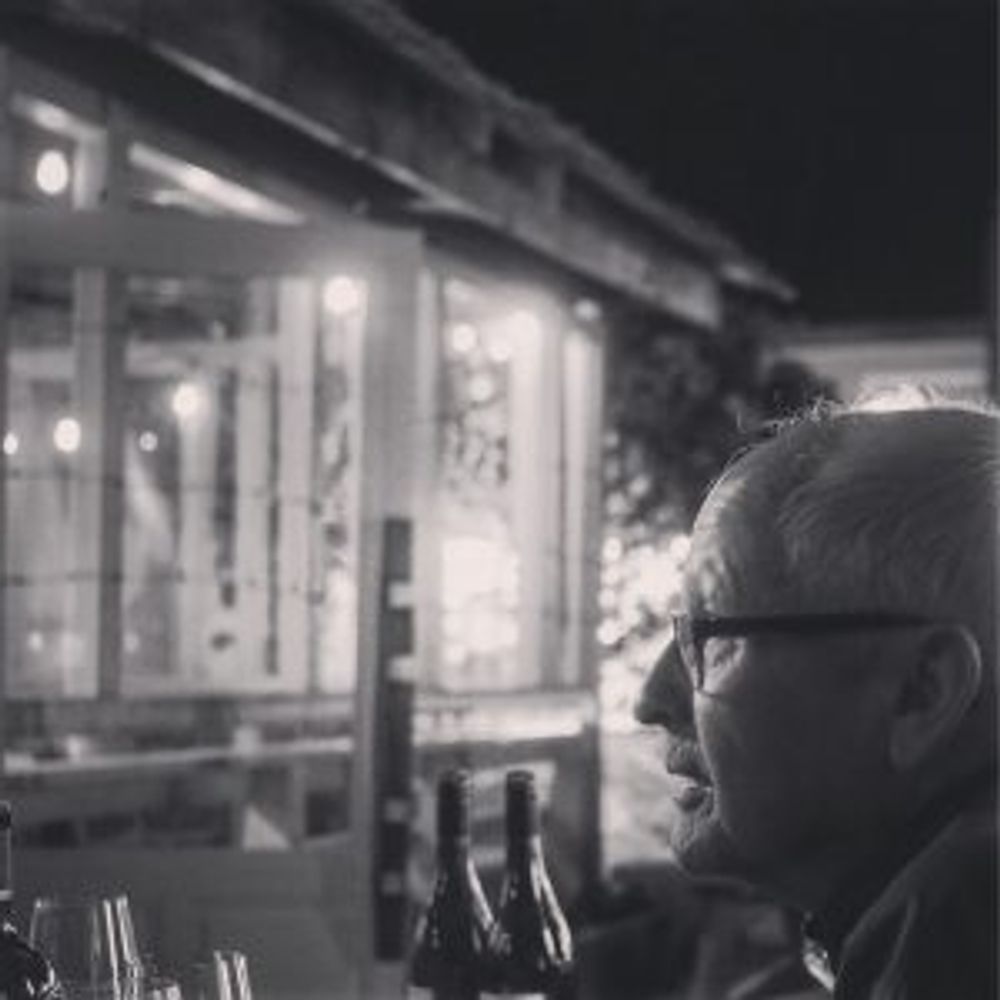
The man behind this wine is Steve MacRostie, who set up the winery at just 30 years old in 1987, having previously made wine at Hacienda. A humble man with a wealth of knowledge, Steve is one of the reasons we have more restrained Sonoma Chardonnays today, and he is indeed continuing to strive for this freshness, picking earlier than previously today, stating “we make dry wine; wine that is authentic to its place.”
The wine sees 25% new oak, very well integrated and I like it this way: the fruit supports the oak and it is rather beautiful. The wine perfectly mirrors Steve’s thoughts of “a good barrel can provide a beautiful and light touch without being noticed. They contribute elegance.” I agree.

Meanwhile, Bettina Suchel took over Laurel Glen in 2011, bringing in Phil Coturri to transition Laurel Glen to its organic status, which it achieved in 2014, as well as “making changes to pruning and trellising, opening the centre of every vine.”
Her wines are a beautiful expression of Cabernet from the Sonoma Mountain AVA.
The Counter Point wine is a blend of Cabernet and 10% Merlot, which lifts the wine, brings freshness and makes it approachable.
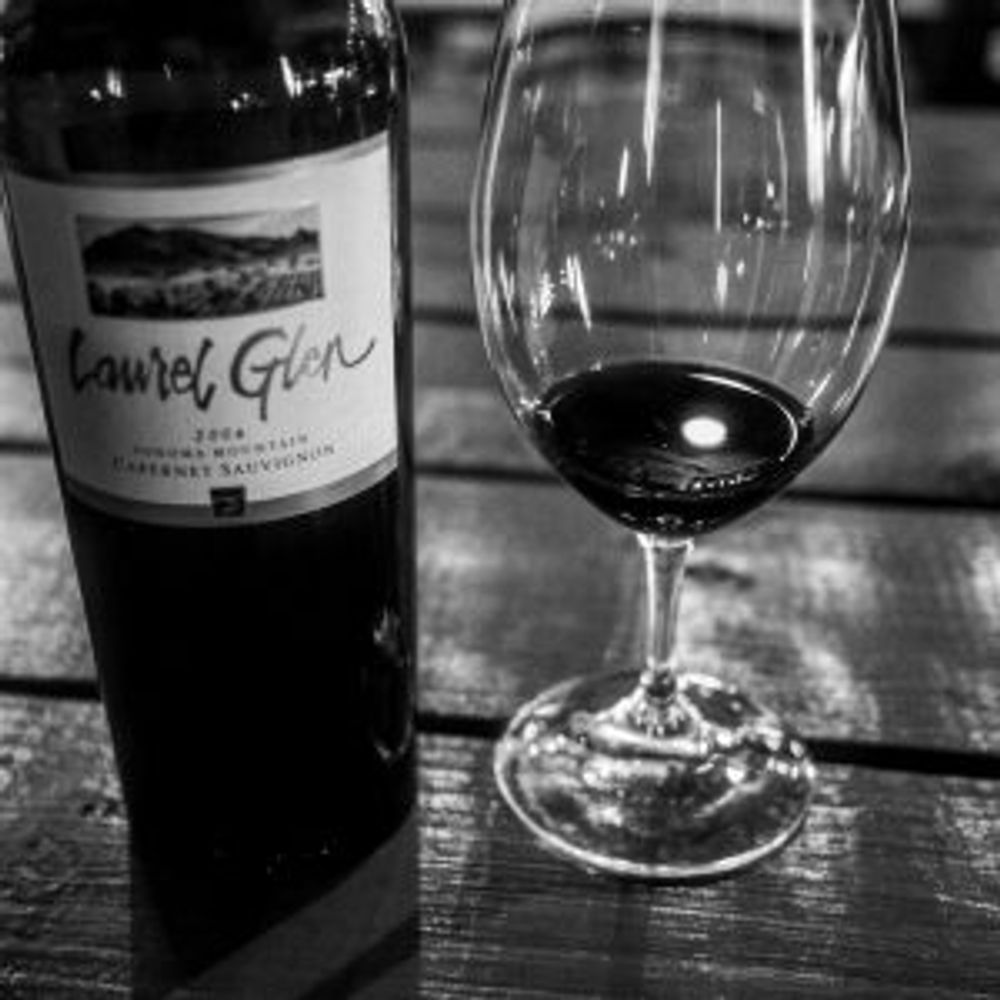
Meanwhile, I was thoroughly impressed with the Laurel Glen Estate Vineyard 2006, which showed a striking freshness and graphite-strong nose – a note that I adore, with violets and fresh fruit, appearing much younger than a 2006.
While the LG Estate Vineyard uses circa 50% new oak, the Counter Point uses a more modest 40%, to produce a more approachable wine. This is a good move for an easier-drinking style, and both wines show wonderful balance and structure for ageing.
At the end of the evening, Steve also brought out a recent experimentation as he knows I am a fan of skin contact wines. I have to admit that the jet lag (aka 7am UK time) combined with this lovely gesture almost made me well up a little. The wine? It was from the Dale Ricci vineyard and only two barrels were made of it – a Chardonnay (the 809 clone, aka the “Muscat clone”) saw a full fermentation on skins.
On the nose, it showed stunning honeysuckle, dried apricot and peach skin notes, with a lovely juicy palate with grippy texture and such a lifted gently honeyed finish. Sitting here writing about it I can still taste it. It is one of those few wines that I would do anything to re-taste.
Rod Berglund of Joseph Swan and his passion for Burgundy
Another ‘classic’ from Sonoma County is Rod Berglund, and his wines of Joseph Swan Vineyards.
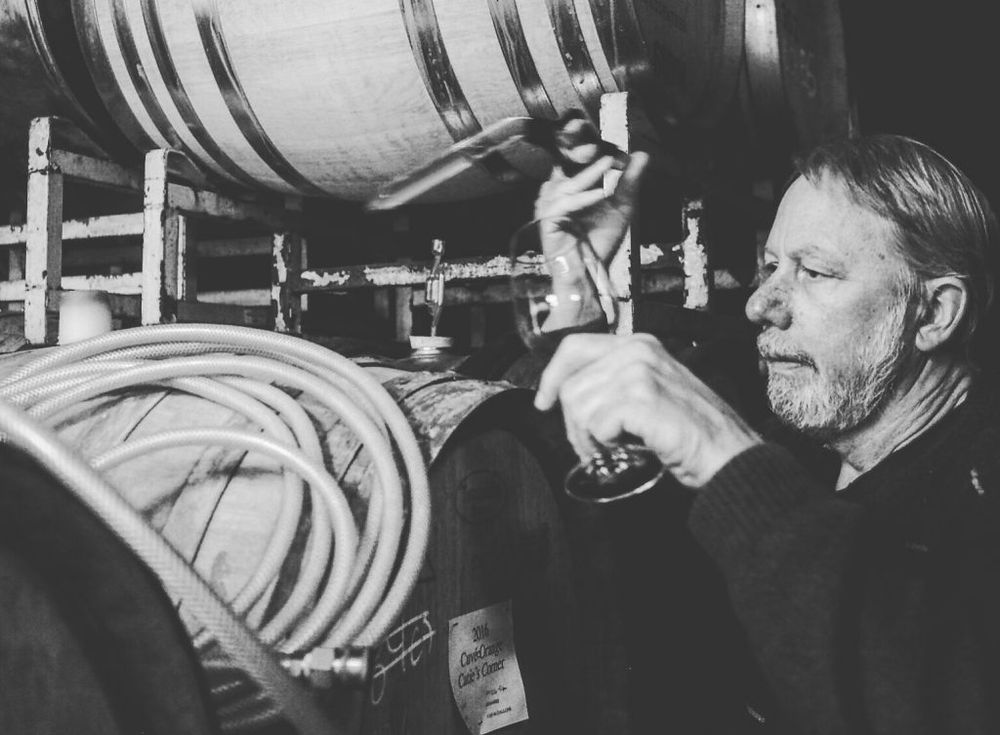
Putting his wealth of knowledge into words, and explaining his passion and inherent knowledge and deep understanding of the soils, clones and varieties he works with is near enough impossible.
The Joseph Swan winery is tucked away in the middle of nowhere, and is a far cry from the big, shiny wineries of the towns nearby. It is Burgundian-like in its big, wooden-doored cellar, and Rod and his wife Lynn were in the cellar tasting with passers-by when I walked in, laidback, chatting and smiling. You wouldn’t know that the couple in the room are two of the most influential people behind Sonoma County (and indeed California’s) wines, as we know them today.
Chatting to Rod, I discovered the history behind this little winery, which was founded by Joe Swan – a man born to teetotal parents but who stumbled across a book on wine. He made his first “rhubarb juice wine” and then became an artist, followed by becoming a pilot and teaching flying during WWII. Immediately after the war, he visited UC Davis’ enology and viticulture department.
He had a dream to establish a small plot winery to produce high quality wines, and this began to become true when he purchased land in the Sierra Foothills and planted.
He was a true terroir-ist and believed that small was key – everything could be done by one person, and small harvests led to intensity and age-worthiness. He purchased his winery in 1967 on Laguna Road near Forestville, (where I was standing). He began making Zinfandel wines, but was persuaded by the aforementioned Tchelistcheff to plant Chardonnay and Pinot Noir.
He had a big passion for Burgundy, and so Burgundy became his model. He made many trips back and forth to some of the most well known winemakers in the world (including DRC of course). He learnt and decided that low production = high quality.
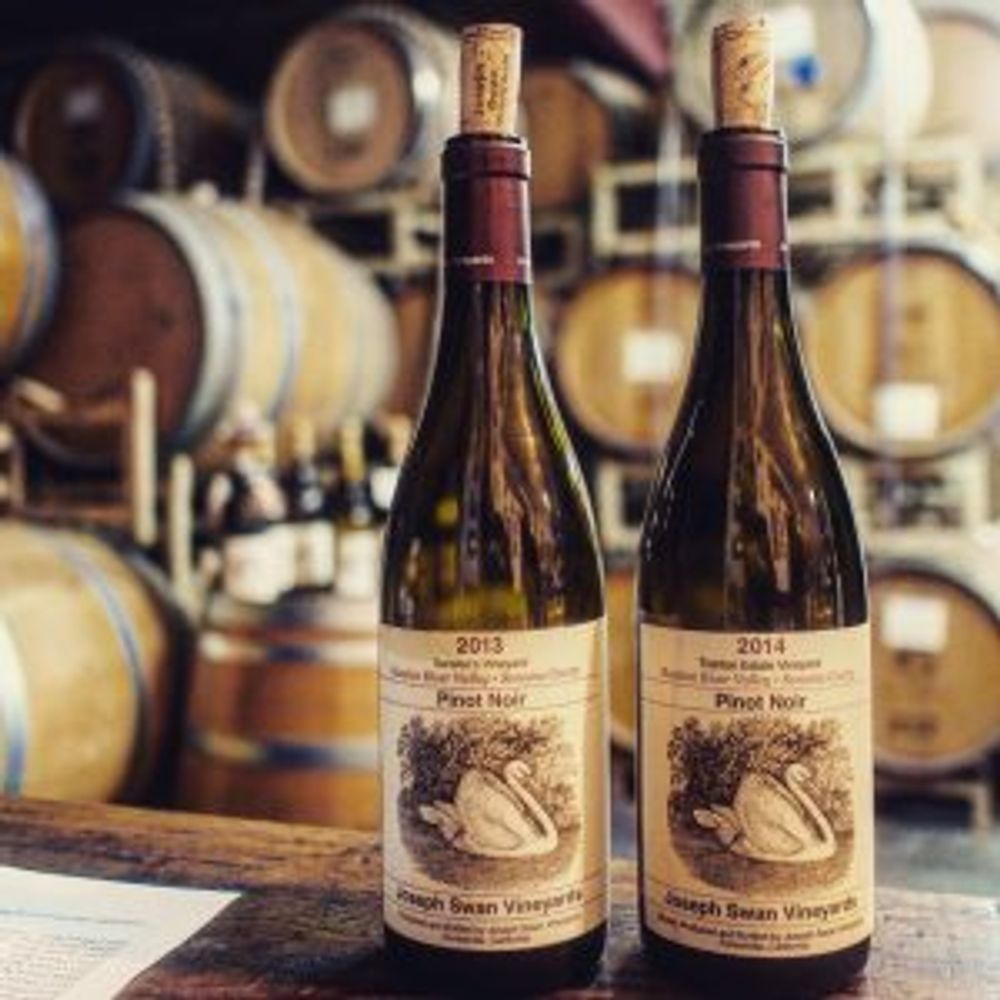
He was a perfectionist and Rod recalls with a smile on his face, “he would be out in the vineyard, flagging all the vines that were overcropping. Oh – and the Musqué, he hated Musqué.” Rod joked to him, “you’ll only be happy when the vines produce no wine.”
With Joe’s encouragement, Rod became a winemaker in 1979, and after making wine at La Crema Vinera, he began making Pinot Noir, and joined Joe during the 1987 harvest. Joe sadly passed away in 1989, but Rod continues his work faultlessly (although from time to time with faults – as Rod states, “I would rather drink a flawed wine that has character.”)
Rod himself was the man behind the propagation of various clones of Pinot Noir in the famous Saralee’s vineyard, with his own parking sign by his row of the first ever three Dijon clones that he propagated in the 90s (115, 667, 777). His knowledge about Pinot Noir is endless.
In the cellar, he does everything with minimal intervention, using indigenous yeast whenever possible, and places different plots and clones into different barrels. Everything is meticulously tended, but in an old school way, just like Burgundy. In addition, you just know when speaking with him that he knows his wines inherently inside and out. He makes a wide variety of cuvées, and Rod even made an orange wine in 1980 – just because he wanted to. He took the best parcel of Chardonnay he was growing, and made it like Pinot Noir, because he knew it would work.
We tasted his Grenache Blanc skin contact wine out of barrel and it was simply stunning. Bright, expressive, fresh and floral with superb aromatics.
The rest of his wines? All very special and wonderful terroir-driven examples. His Trenton Estate 2013 was phenomenal: fresh but rich black fruit – fresh black cherries, black cherry flesh, blackberries and raspberries, super bright with an amazing depth of flavour. It’s one of the four wines I brought home in my suitcase.
Ramey Ritchie – Californian Chardonnay with a nod to Burgundy
During my time in Sonoma I also had the chance to sit down and taste the Ramey Ritchie Vineyard from both 2013 and 2007 Ramey vintages.

The vineyard was planted in 1974 to the Wente selection and it sits on pure Goldridge loam. They are truly excellent expressions of Chardonnay and very much a benchmark for elegant Sonoma Chardonnay. They have moved in recent years from 25% new oak to 20%, and this level suits the wine. Only indigenous yeasts are used.
2013 – Clear, salty minerality on the nose, with lemon pith and a tight-wound wet stone aspect. On the palate, there are fresh clementine and flower pollen notes, with a fresh dough finish and such length.
2007 – Wow. This was such a treat, and the acidity was much fresher than perhaps I would have expected. Such freshness, with the same salinity as the 2013, but transgressing to lemon oil instead of lemon pith, and showing honeyed notes and a white truffle character. Rich clementine finish, with a lovely brioche length. Truly stunning.

They were both highly food-friendly wines too, with the acid and structure complementing all the dishes from the brilliant tasting menu of Dustin Valette, at Valette in Healdsburg – one of the best meals I have ever had. Wild fennel pollen and bacon dust was served. London chefs, take note.
